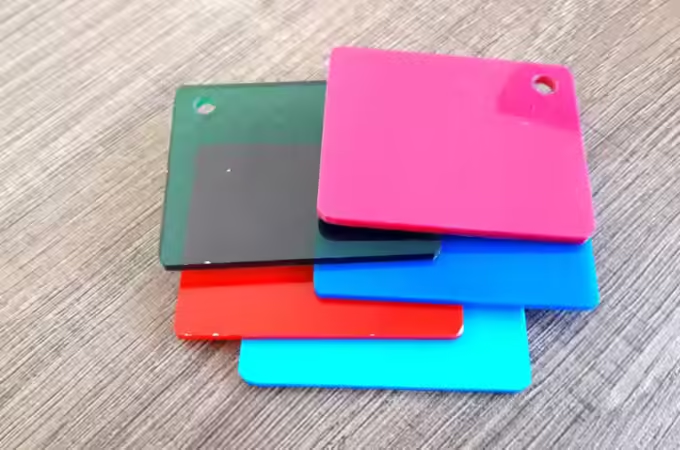
Choosing the Best Serger: How You Can Have the Best Choice
How to choose an serger? You have identified the need for an overlock-overlay combination but you do not know how to choose it. Our study is made for you. Discover the main characteristics of this type of machine and choose knowingly among the models on the market.
The characteristics of a serger
Criteria for the technical choice of a serger
The number of minute points
The number of stitches / minute is indicative of the speed of the machine, it varies between brands and models between 1000 and 1500 stitches per minute.
Maximum number of wires 4 to 8
This type of machine offers the possibility of using several wires simultaneously. 4, 5 or 8 coils maximum can be installed at the same time.
Number of needles
In general, these machines offer 2 overlock needles and 3 overlay needles.
Recommended needle type
Most sergers use special needles (ELx705, Singer calls them 2022). These special needles are in principle usable also on machines which do not expressly recommend it (to be checked) and give better results.
Motor power
The more powerful an engine, the more robust it is.
The weight
The heavier a machine is, the more stable it will be, especially when it dives at high speed. A vibrating machine adjusts gradually.
The dimensions
Give an idea of the size, it is not a preponderant criterion.
Possible settings on an overlock serger
Again we still find almost the same, some machines offer more amplitude in the mini-maxi range.
Electronic machines offer automatic tension and stitch length adjustment. Their display recalls the machine configuration options according to the choice of point.
Stitch length range
- Most of the time you will use standard lengths.
- The minimum lengths allow you to make rolled hems and the maximum lengths to make gathers.
Stitch width range
The different stitch widths are obtained by the choice of the needle and the spacing of the knife. The spacing between the needles is roughly standard. The wheel corresponding to the stitch width adjustment varies the blade spacing. Using the serger machine for beginners is important.
Thread tension adjustment
The tension adjustment can be automatic on some machines (ATD) depending on the point you want to achieve. It is a considerable time saver. However for certain uses (fancy yarn, particular materials) it may prove necessary to adjust the tensions individually for each yarn (fine adjustment). In particular, we will tend to loosen the tension a little bit when using decorative thread larger than the thread recommended for automatic adjustment (foam thread, embroidery, etc.). On the contrary to gather a fabric, at the same time as you act on the differential and the stitch length, you can slightly increase the tension of the needle thread.
Foot pressure adjustment
The presser foot is generally adjustable, either by a screw or by a graduated wheel. We will use this setting to sew very fine fabrics (we lower the pressure level) or on the contrary very heavy (we then increase the pressure of the foot). Elastics are sewn with increased presser foot pressure.





